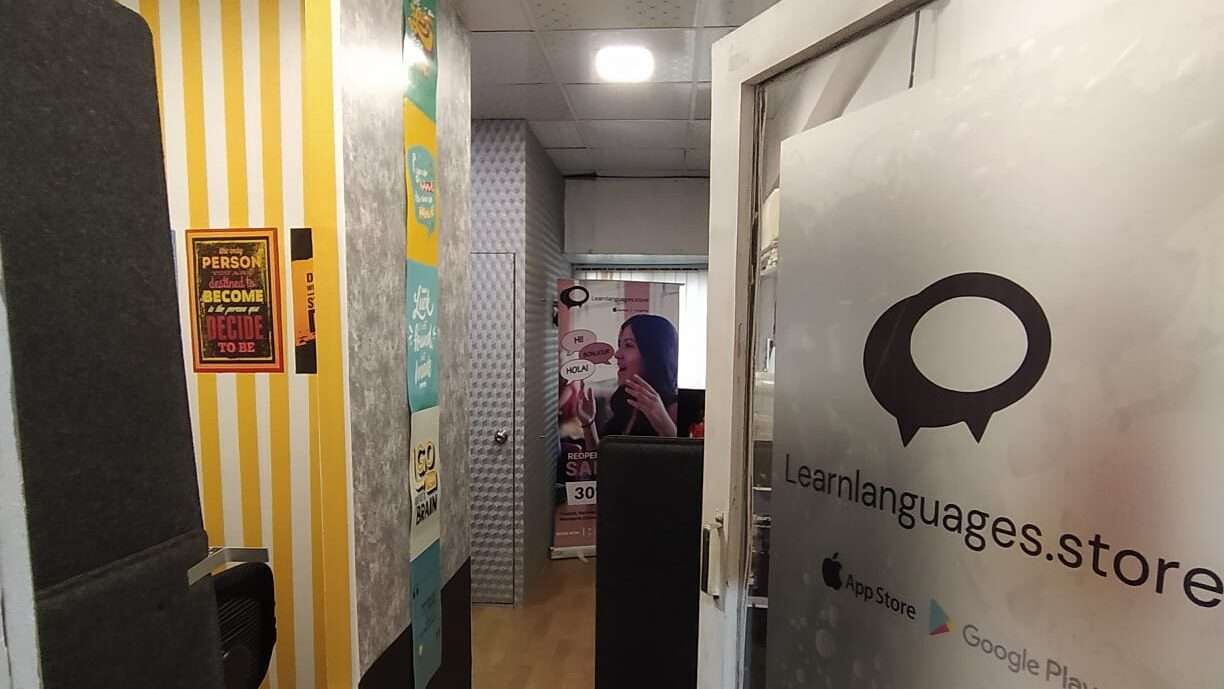German Language Classes in Navi Mumbai
German Language Classes in Navi Mumbai
German Language Classes in Navi Mumbai or Mumbai. You may improve your German language skills with the assistance of Learnlanguages.store no matter where you are in Mumbai or Navi Mumbai. Students of all different levels of German proficiency may enroll in German classes at our language school, which offers German lessons in Mumbai or Navi Mumbai, as well as German classes in both Mumbai and Navi Mumbai.
Estimated reading time: 6 minutes
With the support of our knowledgeable and experienced teachers, you may be able to achieve the goals you have set for your language study. Our organization offers training in a variety of formats, including group classes, private sessions, and in-house workshops. If you do a search using terms such as “German classes near me” or “German classes in Navi Mumbai,” you will find that our company appears at the top of the list of relevant results.

If you are interested in taking offline lessons, you will need to go to our Sector 17, Vashi, Navi Mumbai Branch. If you reside in Vashi, Sanpada, Nerul, Seawoods, Kharghar, Ghansoli, Koperkhairne, or Palm Beach Road, you are required to do so. We offer programs for both Android and iOS that would make learning German a lot faster for you. Each course is a combination of offline and online activities that are intended to assist you in accomplishing your language learning objectives. You have the opportunity to get knowledgeable about Goethe DAF A1, DAF A2, DAF B1, DAF B2, DAF C1, and DAF C2. The cost of our German classes is among the most affordable in the city.
If you wish to learn German online or offline and live in Mumbai or Navi Mumbai, India, then you must check out Learnlanguages.store’s German courses. They are highly recommended. You can download the app from the Play Store or App Store
Click this link for a free demo class of 20 mins if you’re ready to get started right now. Click here
The countries of Germany, Austria, and Switzerland all make use of the language German, which is also often referred to as German Deutsch. Additionally, it is recognized as an official language in the country of Switzerland. German is one of the languages that belong to the West Germanic subfamily of the Indo-European language family. Other members of this subfamily include English and Frisian (Netherlandic, Flemish).
You will be able to learn German if you pursue a course of study that is designed to give you the absolute best German instruction that is now available. If you are seeking the most advanced German course, then you should most certainly consider enrolling in our group. The top German classes are right here, ready for you to sign up for them, and you can discover them all right here. Why learn German?
In addition, please do not hesitate to contact us and talk to our counselor about any inquiries, career assistance in regard to the German language, or frequently asked concerns in this area. Our guidance counselors are available from 11 a.m. to 8 p.m., Monday through Saturday, and from 11 a.m. to 5 p.m., Sunday. In addition to this, we will consult with you about studying in Germany and help you prepare for the DAF test. Join our family, and if you live in or around Navi Mumbai and are interested in taking offline classes, you may find the location of our institute listed below.
Have you considered taking German classes in Mumbai or in Navi Mumbai? We are a well-known German institution in Mumbai or Navi Mumbai, and our goal is to make it possible for anybody and everyone to achieve fluency in German. Enrolling in one of our German language classes in Mumbai or Navi Mumbai and receiving training from one of our highly experienced German instructors is the most effective approach to becoming fluent in the German language. After enrolling in one of our German lessons in Mumbai or Navi Mumbai, you won’t have any trouble picking up German grammar, vocabulary, and other aspects of the language.
We give 24/7 online help for your language question
History of German Langauge

When people who spoke Germanic languages first interacted with those who spoke Roman languages in the first century BCE, this is considered to be the beginning of the history of Germanic languages. At that period and for many centuries after that, there was simply a single “Germanic” language, and there was no differentiation between it and other Germanic dialects other than little differences in pronunciation.
Before some point around the sixth century CE, it was not possible to refer to a language as “German,” which is also known as High German. German is an inflected language that distinguishes between strong and weak verbs, as well as three genders (masculine, feminine, and neuter), four cases for nouns, pronouns, and adjectives (nominative, accusative, genitive, and dative), and four cases for adjectives.
Over 90 million people worldwide are native speakers of German, making it one of the languages with the highest number of native speakers in the world. Because of this, it is considered one of the languages with the highest number of native speakers. German is one of the languages that is studied the most in countries other than Germany since it is considered to be one of the most culturally significant languages spoken in the Western world.
Written German is extremely consistent; it does not change in any significant way between Germany, Austria, and Switzerland in the same way that written English differs between the United States and the British Commonwealth. This is in contrast to spoken German, which does change significantly from region to region. However, German may be spoken in a huge number of different dialects, the majority of which can be categorized as either High German or Low German dialects, depending on the speaker’s location.
The sound system, and in especially the consonants, is where the most notable differences between High German and Low German can be found. High German, which is also the language that people in the southern German highlands speak, is the language that is used in the official documents that are written in Germany.
The sound system and grammar of standard High German are significantly different from those of the Alemannic dialects, which arose in the southwestern area of the Germanic speech region. This difference is due to the fact that High German was developed independently from Alemannic dialects.
The nations of Switzerland, western Austria, Swabia, and Liechtenstein, in addition to the province of Alsace in France, are home to communities that speak regional variants of German. Yiddish is a kind of Jewish language that developed from High German and is used by Ashkenazic Jews. Ashkenazic Jews are Jews whose ancestors lived in Germany during the time period when Europe was divided into the Middle Ages.
Learn Languages Store
Vashi,
Email: services@learnlanguages.store










